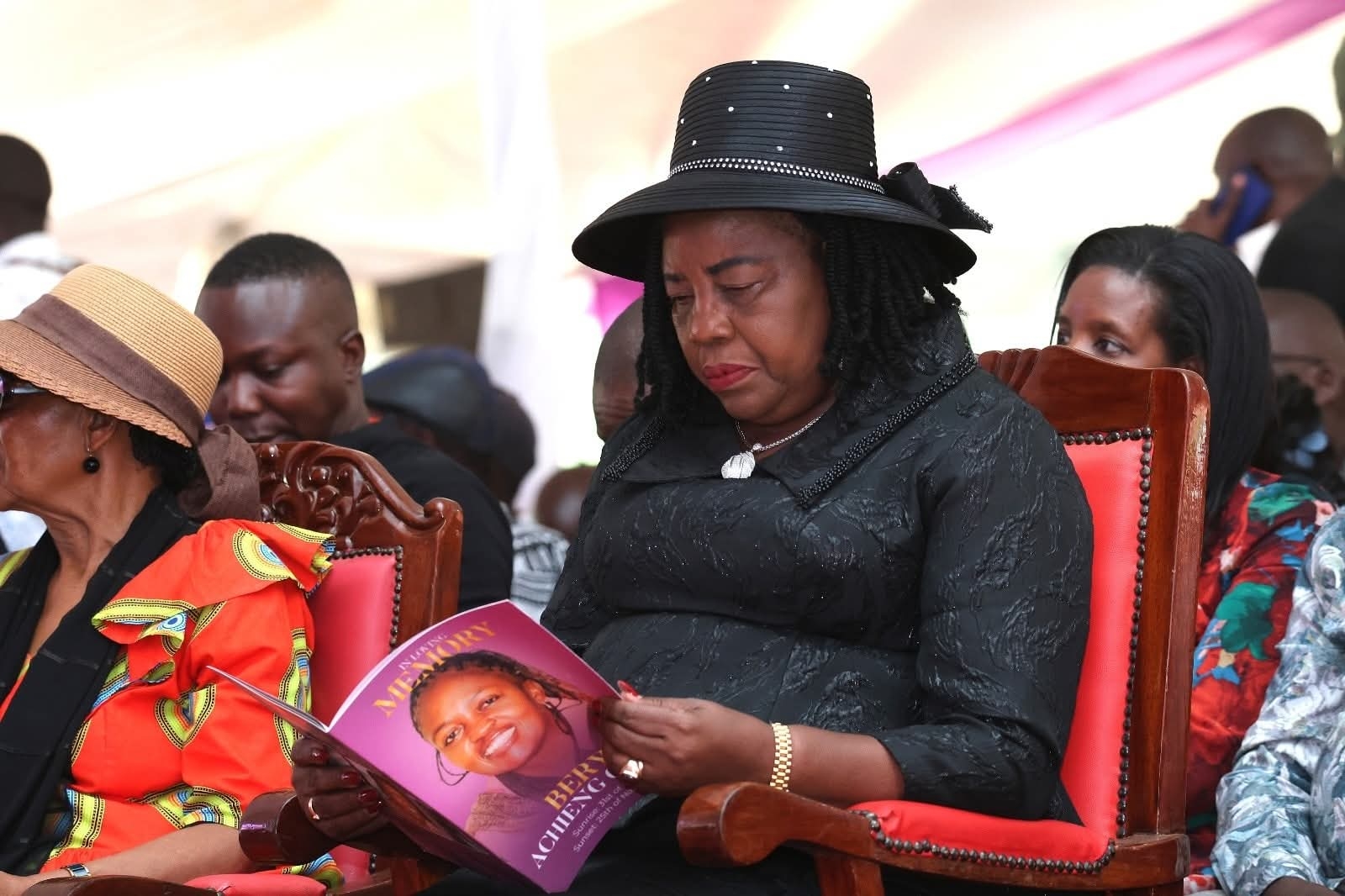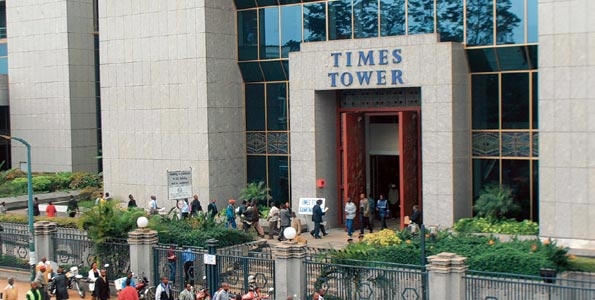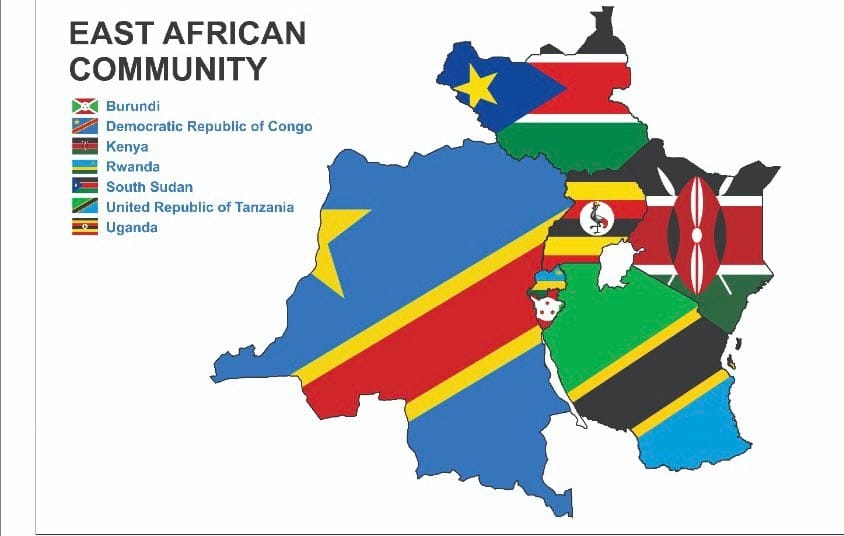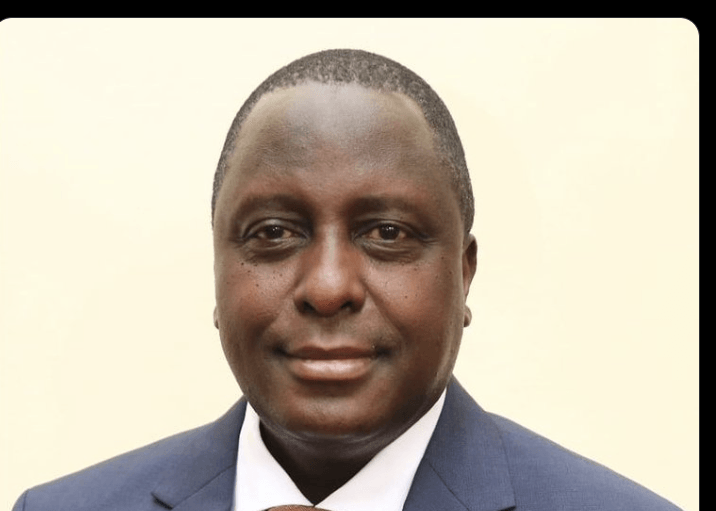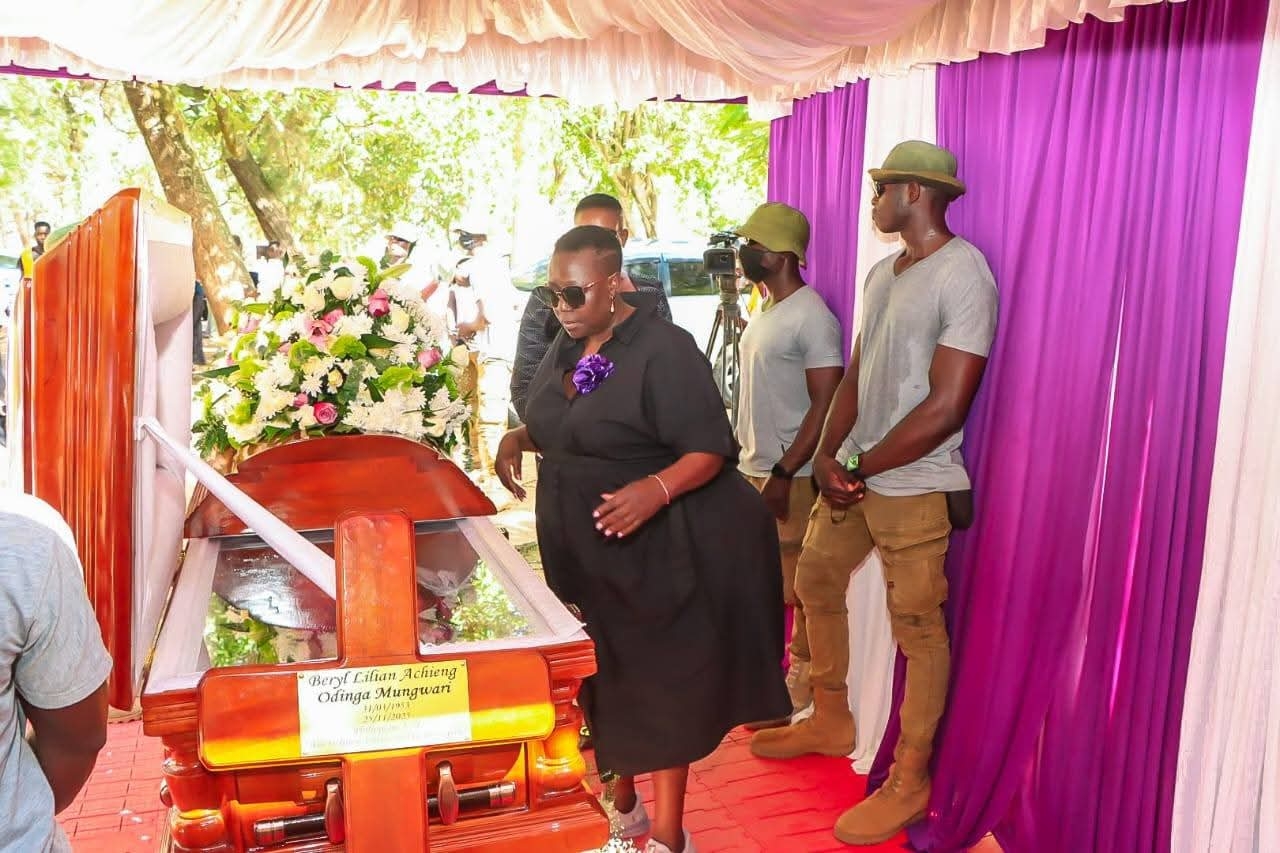With the rising rates of emissions from various sectors in Nairobi County, residents stand to be greatly affected.
To address the air pollution menace in the city, the county has made a raft of plans.
On Tuesday, Nairobi County, in collaboration with other stakeholders launched the Breathe Nairobi Initiative.
The Breathe Initiative partners include the Clean Air Fund, C40 Cities, and Bloomberg Philanthropies.
The movement aims to tackle air pollution challenges in Kenya and across the world for cleaner and healthier air.
Speaking at the launch of the initiative, Nairobi City County Executive Committee Member (CECM) in charge of the mobility sector, Ibrahim Auma, said air pollution is one of Nairobi’s most pressing challenges.
He said that the transport sector significantly impacts air pollution in Nairobi.
The mobility sector emissions contributed to harmful particulate matter and other pollutants.
Auma said that Nairobi plans to promote sustainable and low-emission transport by facilitating the transition to electric buses, e-motorcycles, and other eco-friendly alternatives.
He said the initiative is pivotal in reducing the country's reliance on fossil fuels and reducing emissions.
"We are also engaging with key stakeholders to enhance public transportation systems, with a particular focus on expanding Bus Rapid Transit (BRT) networks and other innovative solutions," he said.
Auma said the efforts aim to reduce the number of vehicles on the roads, easing congestion while curbing harmful emissions.
This approach, he said, is closely aligned with the first pillar of the Breathe Nairobi Strategy's data and research.
"A robust air quality monitoring system is being developed, and as we transition to greener transport options, the resulting emission reductions will be tracked in real-time," he said.
Auma added that the county plans to deploy low-cost sensors across all 85 wards to monitor pollution levels.
"This represents a significant milestone, and the Mobility and Works Sector is committed to incorporating this valuable data into transport planning to ensure a cleaner, healthier Nairobi," he added.
According to Auma, the Nairobi City County Transport Act of 2020's Low Emission Zones Regulations and other supporting regulations are in their final stages of development.
"This aligns seamlessly with the technical policy assistance pillar of the Breathe Nairobi Strategy, which focuses on the formulation of Comprehensive Air Quality Regulations," he added.
The county said non-motorised transport will be developed for pedestrian-friendly streets and dedicated cycling lanes.
Speaking on behalf of Nairobi Governor Johnson Sakaja, Nairobi CECM Maureen Njeri said the launch is a showcase of extensive effort, collaboration, and commitment.
"What sets Breathe Nairobi apart is its innovative approach, placing the city-county government at the centre of implementation. This ensures a sustainable and locally driven strategy to address air pollution. By empowering local governance, we are confident that the results will be impactful and enduring, creating lasting improvements in air quality for the residents of Nairobi," Njeri said.
The initiative comprises nine innovative projects, which will be implemented over the next two years.
The overall implementation period runs from September 2024 to August 2026, although the timelines may vary for each project.
The initiative has also been supported by UNEP, SEI-Africa, and other organisations.
“We look forward to an engaging and fruitful implementation phase, and we hope that this initiative serves as a foundation for expanded partnerships and continued collaboration," Njeri said.
"We welcome the support of all stakeholders as we work toward our shared goal of clean, healthy air for all Nairobi residents."
Technical Head for Breath Cities Africa—C40 Cities Seneca Naidoo said they are working with the African countries to ensure the countries are making strides to not only develop innovative policies but to make sure that projects are being implemented on the ground.
She said that through this, Africa will be able to tackle bigger polluters in the cities one by one.
Naidoo added that there is a need to learn from other cities and take strides to develop solutions and interventions that are tailored to the local context.
"We should make sure that we tailor the solutions to incentivise people to do better in terms of cleaning the air as opposed to restricting them," she said.
"We need to think a little more innovative and out of the box in terms of what solutions are good in the African settings that will work for our communities."
Operations and Finance Director of the Clean Air Fund, Mike Saxton, said that Breathe Nairobi is not only a project but a commitment to the residents of Nairobi and a crucial step in tackling air pollution.
He said that Breathe Nairobi is part of a broader initiative among 11 operational cities and others that are in planning.
He said the overall Breath approach involves four pillars, including Data and Research, Stakeholder and Community Engagement, Technical Policies Systems and Lesson Sharing.
“The journey for Breathe Nairobi began in October 2023 when Governor Sakaja made the bold decision to join the initiative, and there were nine projects that cut across those pillars. We want to achieve real impact by mid-2026,” he said.
He called on the stakeholders to move with speed to bring out the best in creating a clean and healthy Nairobi.
Other leaders who were present included the Chairman, of the Environment Committee Nairobi County Assembly, Silas Matara Ongwae, among other leaders.




